Here is the system design, the source code is available in the github link. The STL files to 3D-print the back mount and lid are included in the github repo.

This was my original 3D render of what I had in mind, a 10 by 15 grid:

I ended up using two poster frames instead, each with 7 x 10 LEDs.
The code was adapted from Andy Doro's LoL shield. http://andydoro.com/vulol/
The code also uses fixFFT (https://code.google.com/p/makefurt/source/browse/trunk/arduino-libraries/FixFFT/?r=24) and Adafruit's neopixel library (https://github.com/adafruit/Adafruit_NeoPixel). My code and these libraries are all provided freely; Adafruit's neopixel library is released under the GNU General Public License.
The prototype is basically done, but there is always room for improvement. I cut the foam dividers by hand, and there are some errors which you can see behind the glass if you look closely. In my next version, I would laser cut the dividers. The model for 3D-printing of the mount in back is missing some mounting holes and a hole for the audio out that I just drilled by hand. Ideally I would include those holes in the model, though in the next version I would just like to house all the electronics inside the frame. The 3D-printed mount lid is also a bit loose and I would like to design better housing for some of the components.
Neopixels are currently overkill for this, since each LED only displays one color. You can customize the colors in the code, but I'd like to program some other functions that rotates colors and uses more of the full functionality of the neopixels.
My goal is to manufacture a professional version, with flush ports on the side for audio in and out, power, and switches, perhaps with unibody metal or some other sleek plastic look. This page documents the DIY version.
 jordan314
jordan314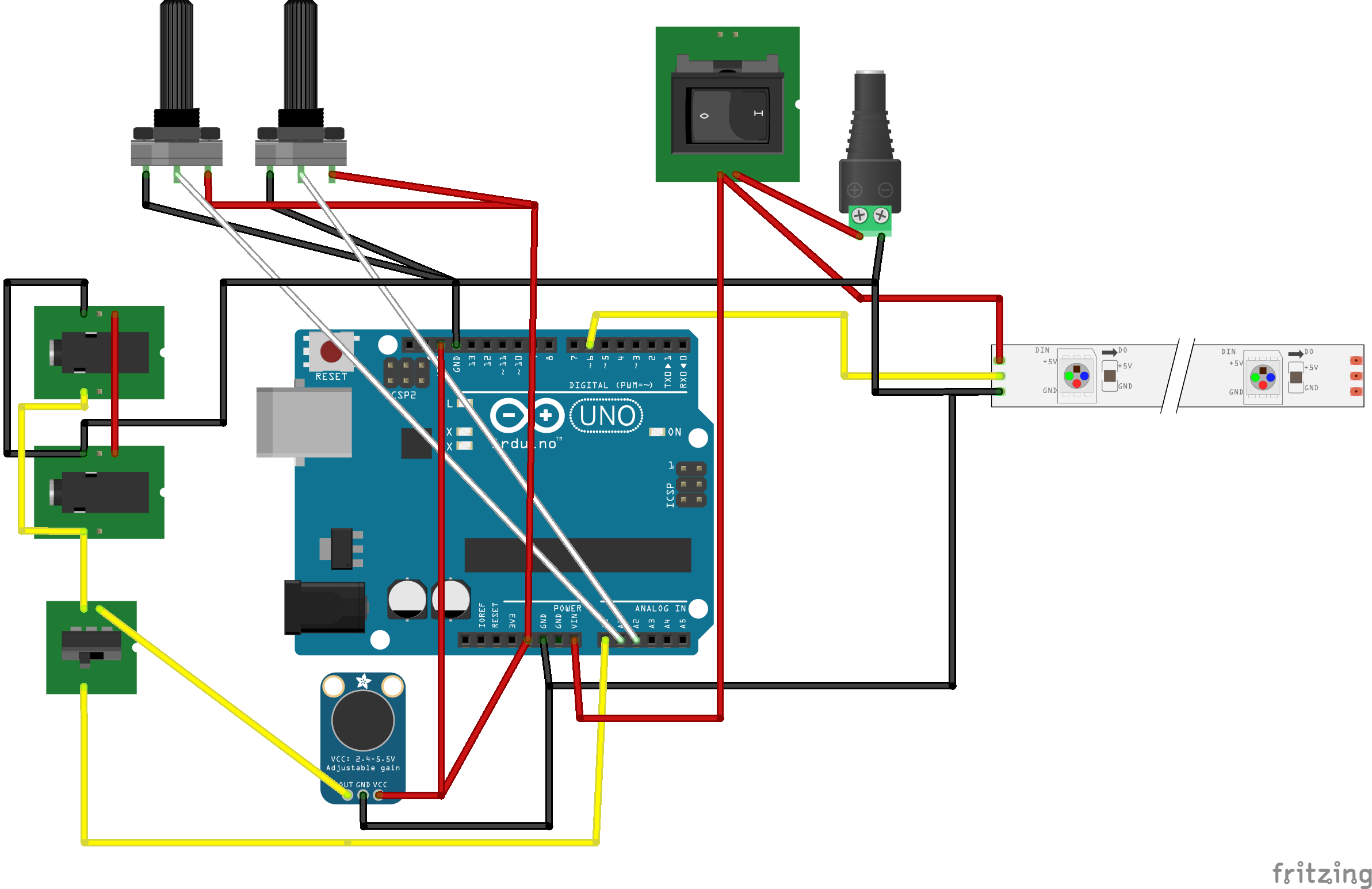
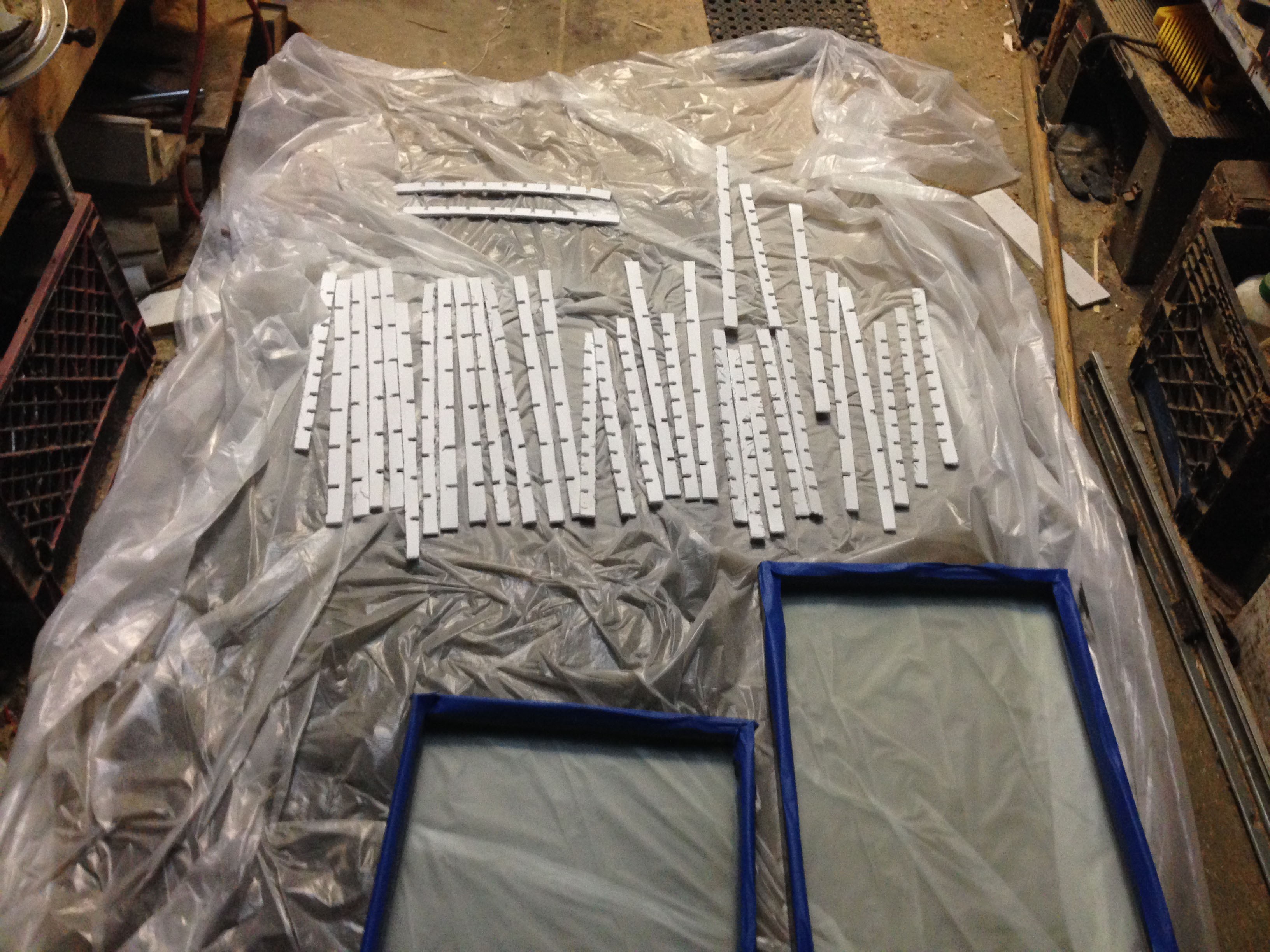

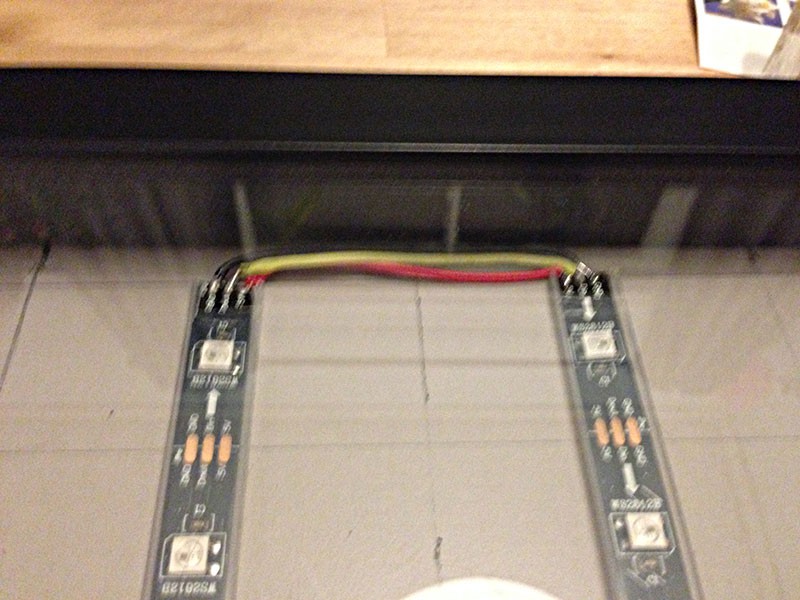
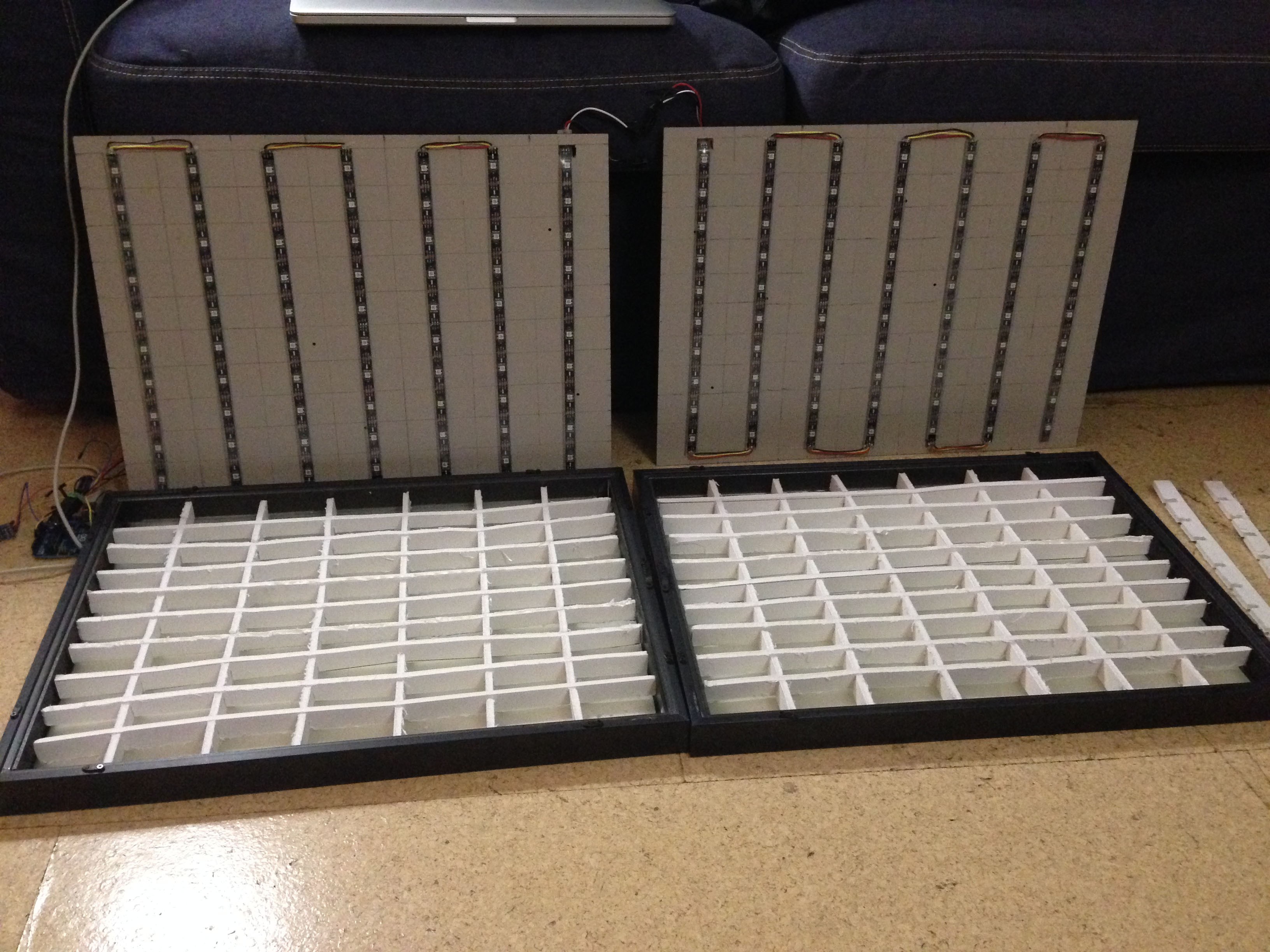
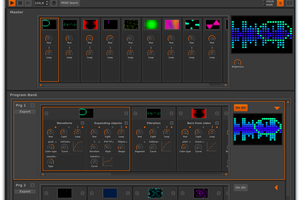
 Gauthier Legrand
Gauthier Legrand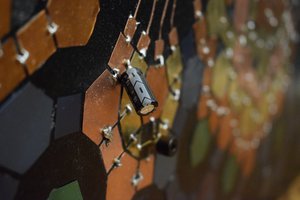
 KASSER SYNTHS
KASSER SYNTHS
 oakkar7
oakkar7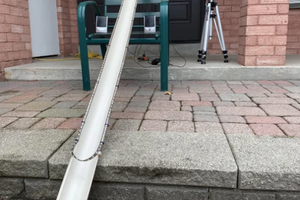
 Gord Payne
Gord Payne